In 1897, while walking his dog around London’s Kensington Gardens, J.M. Barrie had an interesting encounter with two young boys accompanied by their nanny and newborn brother Peter.
Barrie was a 37-year-old novelist from Scotland, and the boys, George and Jack Llewelyn Davies, five and four respectively.
Barrie found the boys exceptionally charismatic and quickly befriended them. He soon became a close friend with all the Llewelyn Davies family and spent a lot of time with the boys who are known to the world for having inspired Barrie to write one of the greatest stories of our time — the story of Peter Pan.
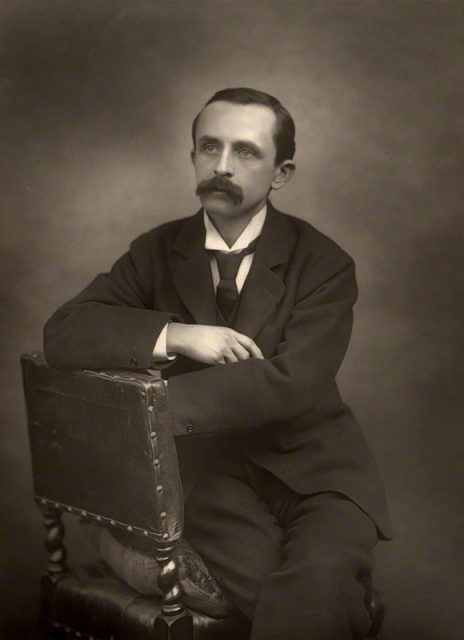
In 1902, J.M. Barrie introduced the character of the boy who doesn’t want to grow up to the world in his novel The Little White Bird. It was a great success and was quickly adapted for the stage.
In 1911, after more than a decade-long friendship and inspiration by the Llewelyn Davies family, Barrie penned the full novel, Peter and Wendy.
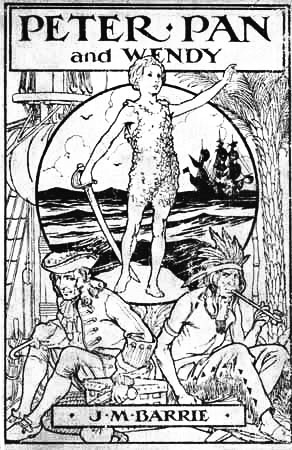
In 1900 and 1903, Arthur and Sylvia Llewelyn Davies had two more children, Michael and Nico. Sylvia was the daughter of the writer and cartoonist George du Maurier and sister of actor Gerald du Maurier.
Although Barrie got married twice, he didn’t father any children. His affection was oriented towards the five Llewelyn Davis boys, the lost boys, who loved him and called him Uncle Jim.
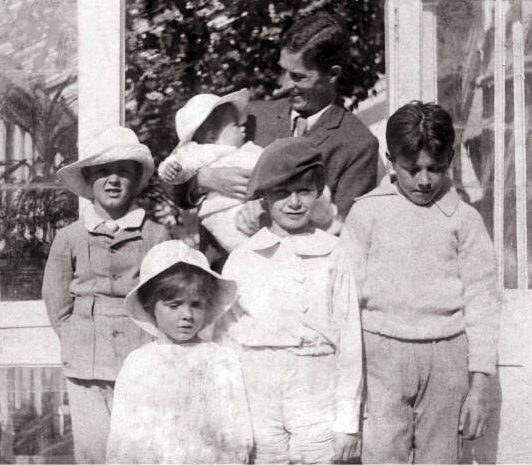
Barrie entertained them with stories through which he created Peter Pan. He said that the character was a composite of the five Llewelyn Davies’ boys.
However, over the years there were many theories that Barrie himself and his early childhood served as an inspiration. His brother David died in a skating accident at the age of 13, remaining a child who never grew up in Barrie’s memory.
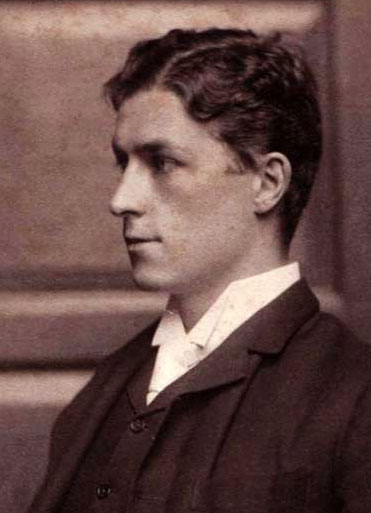
The tragic incident left a great mark on the writer, leaving him, in a way, not fully grown up.
Unfortunately, tragedy also struck the Davis’ when Arthur died of bone cancer in 1907. Only three years later, Sylvia died of cancer. Throughout it all, Barrie was there to provide financial support for the children, and when their mother died, he became their guardian.
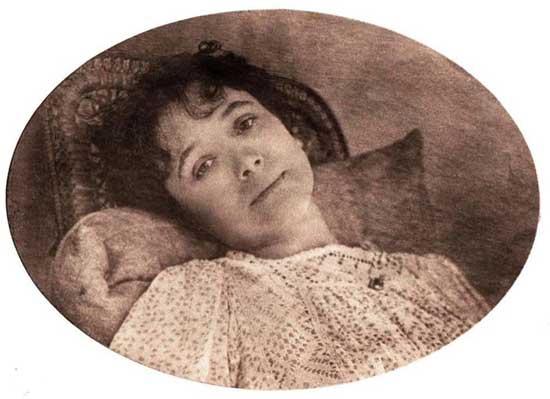
Although eternalized in one of the favorite characters of all time, tragedy haunted the Llewelyn Davies’ brothers like a curse.
The oldest, George, volunteered to serve as an officer in the British Army during World War I and was killed in action in 1915, aged 21.
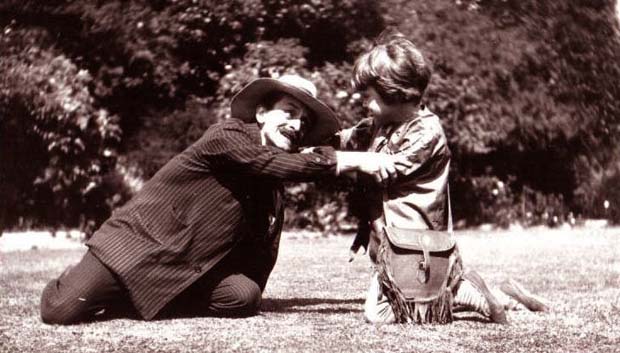
In 1921, while a student at the University of Oxford, Michael Llewelyn Davies drowned in the River Thames along with his inseparable friend and suspected lover Rupert Buxton, son of Sir Thomas Fowell Victor Buxton, 4th Baronet.
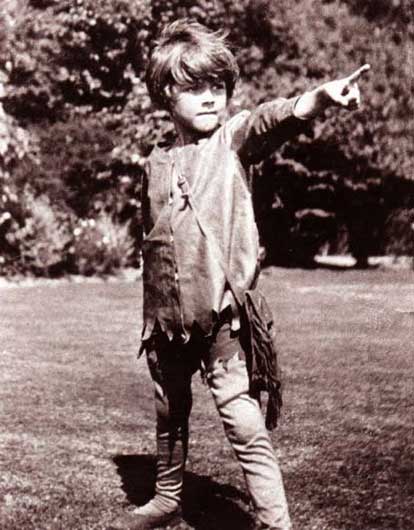
He was described as a brilliant boy, destined for great things and considered as the biggest influence in the creation of Peter Pan’s character. He was particularly close with Barrie who wrote that Michael’s death “was in a way the end of me.”
Unlike George and Michael who were Barrie’s favorites, John, the second brother, resented the writer, believing that he was trying to take his father’s place.
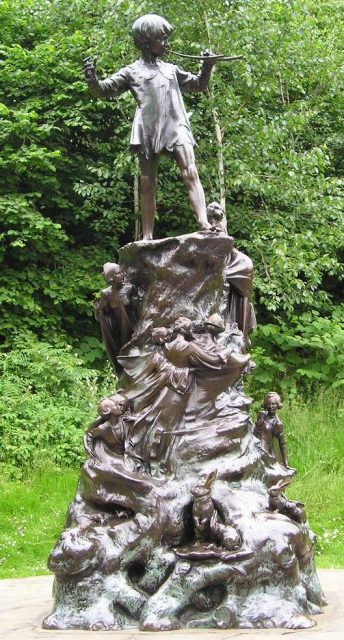
He died at the age of 65 from lung disease, half-a-year before Peter’s suicide.
Peter, who lent his name to the famous character, never fully came to terms with his association with Peter Pan. Also, he never overcame the disappointment for being the only one left out of Barrie’s will.
https://www.youtube.com/watch?v=uYhFVfkfujs
In 1960, the 63-year-old Peter Llewelyn Davis found himself at a moment of alcoholism, ill health, and the knowledge that his wife and three sons had inherited the fatal Huntington’s disease. He threw himself under a train at one of London’s Underground stations.
Read another story from us: The True-Life Inspiration for the Classic Story ‘Beauty and the Beast’
The youngest of Llewelyn Davis’ brothers, Nico, outlived the rest and died at the age of 76 in 1980. In 1978, he served as the consultant to the writer Andrew Birkin for his BBC mini-series The Lost Boys.
